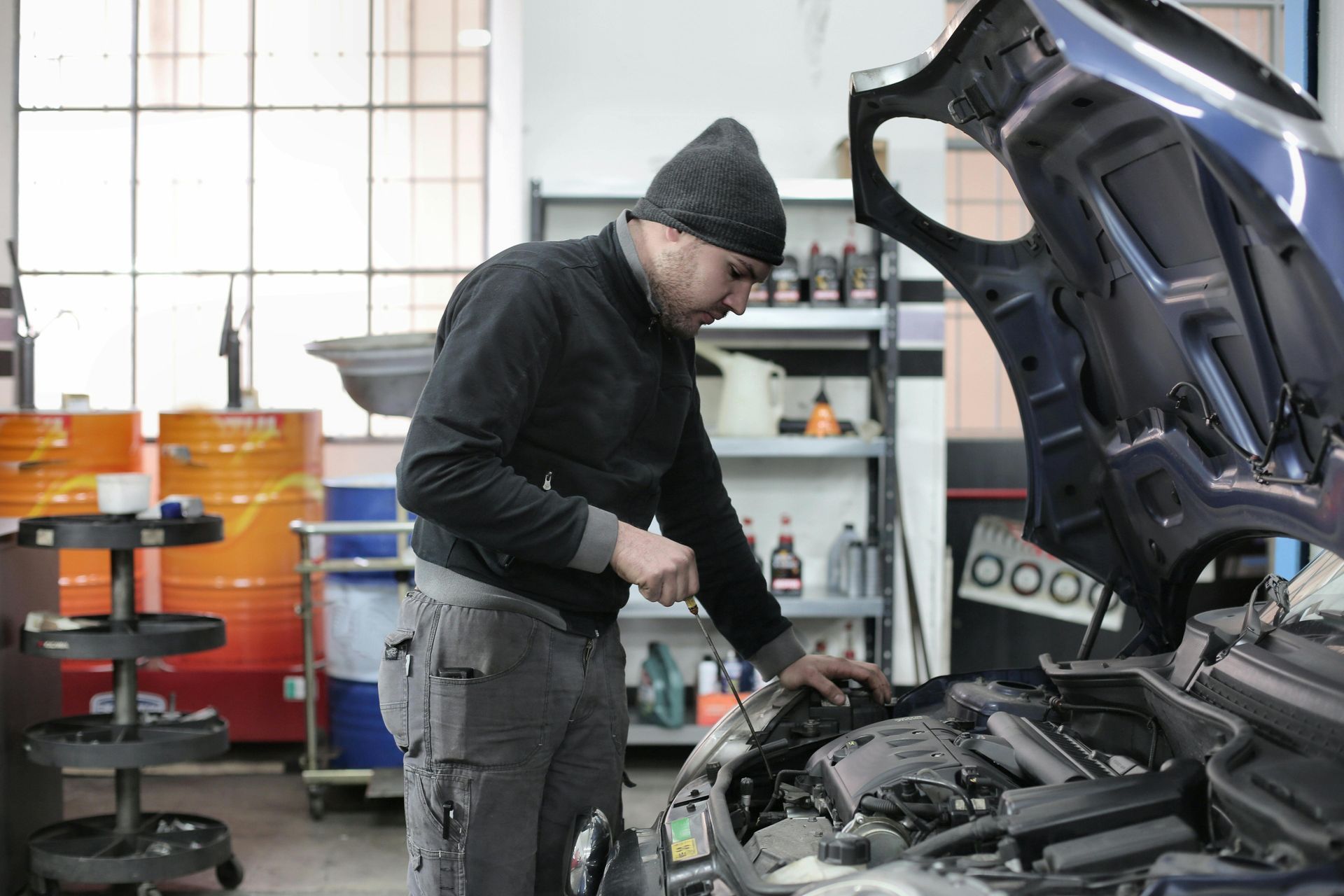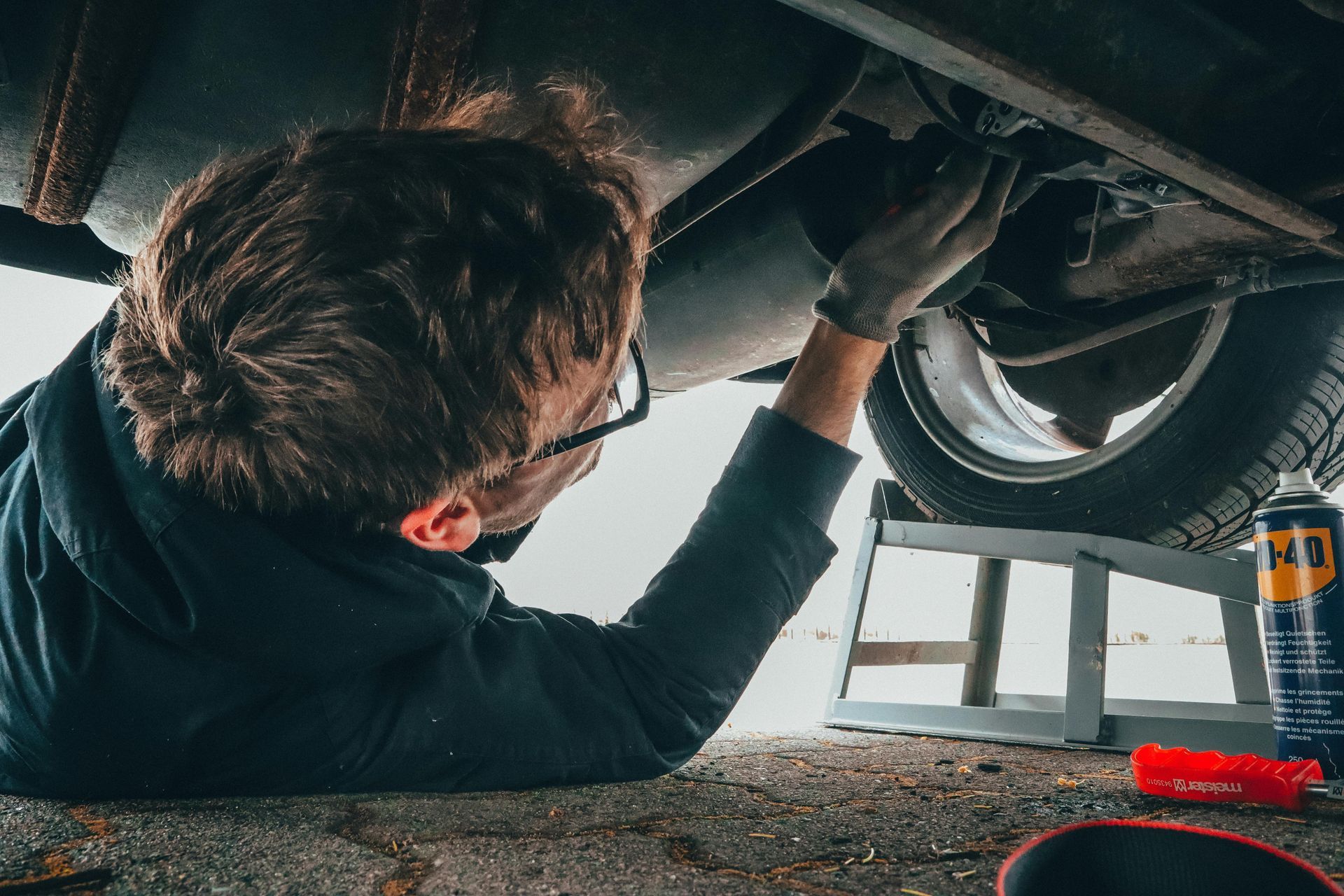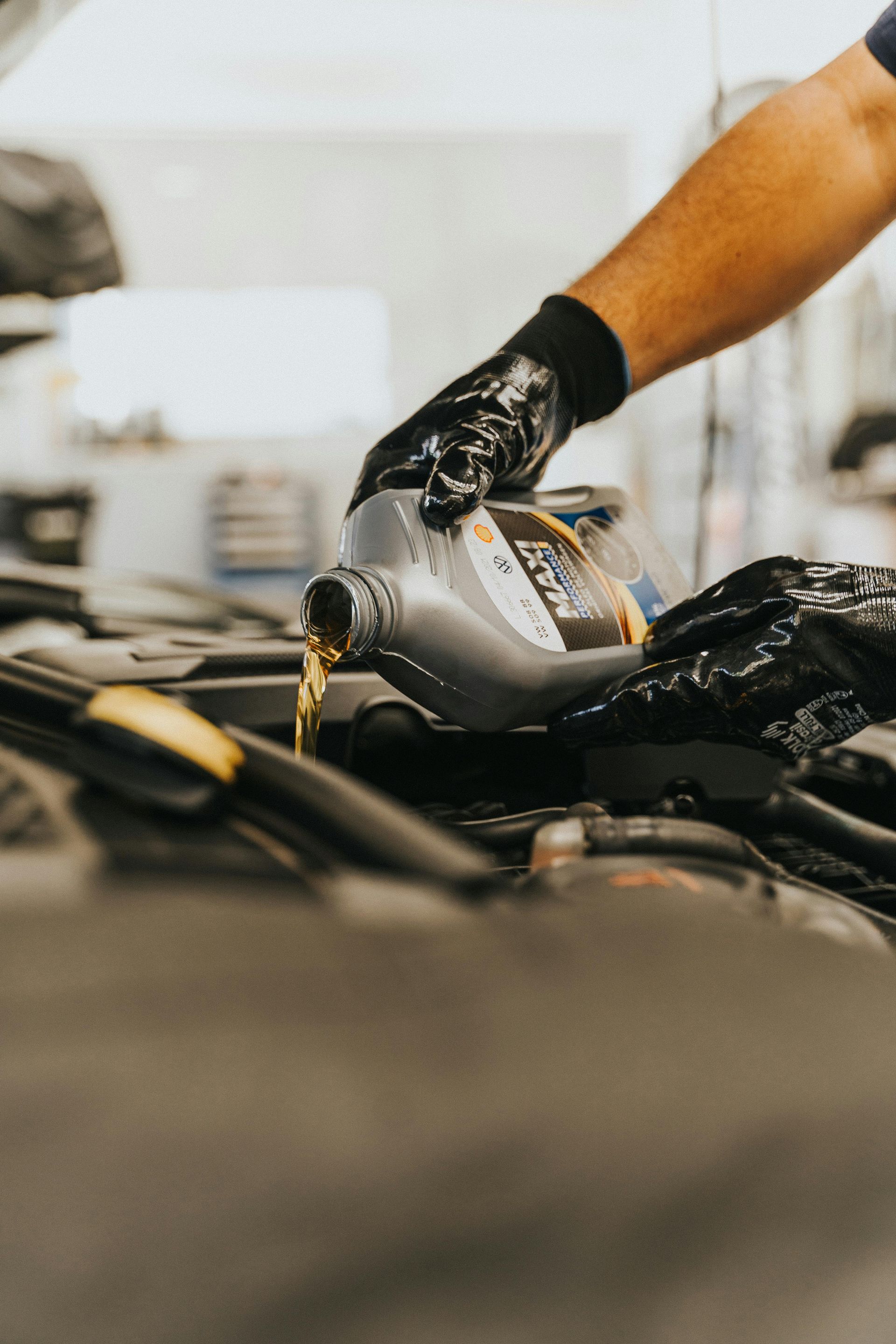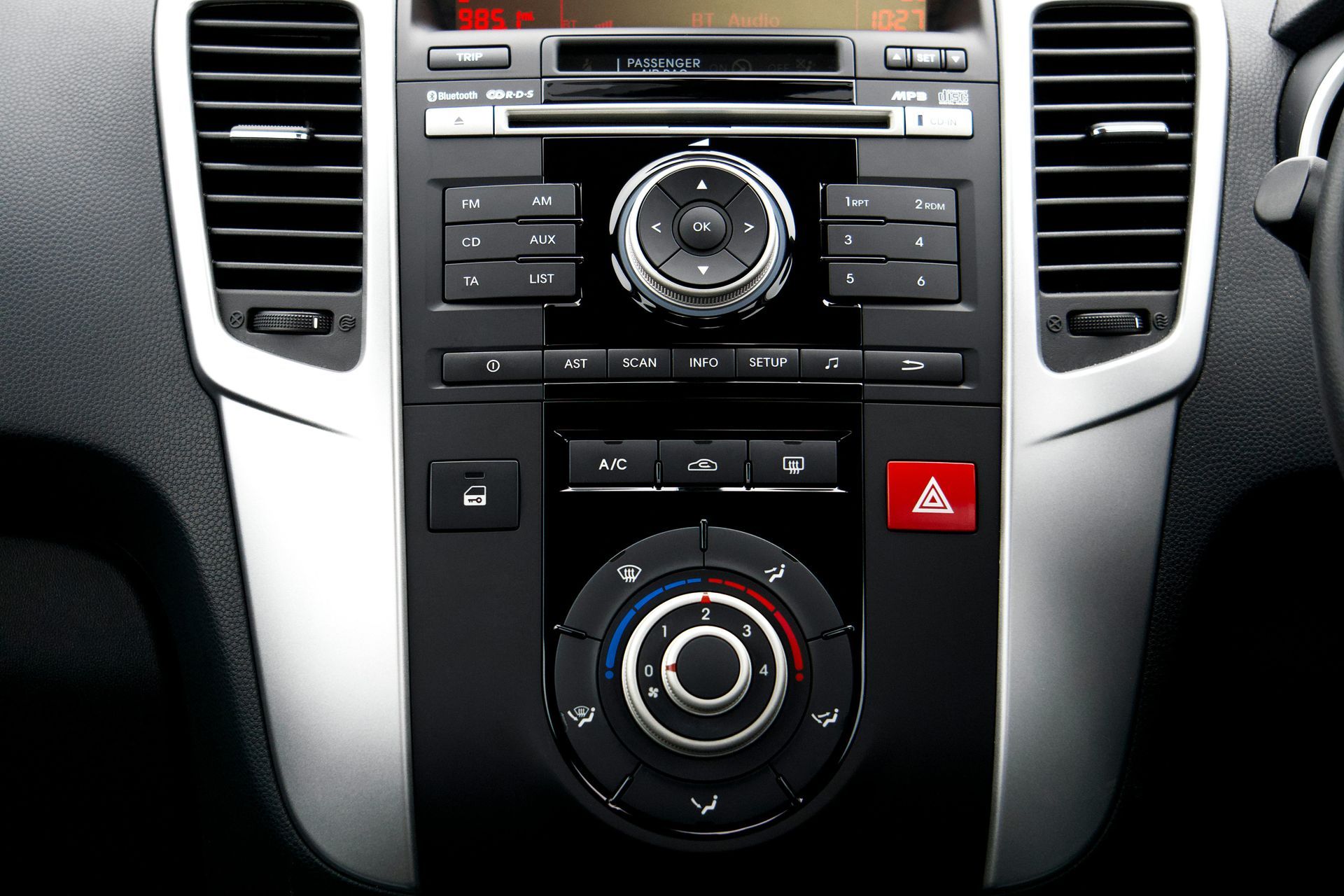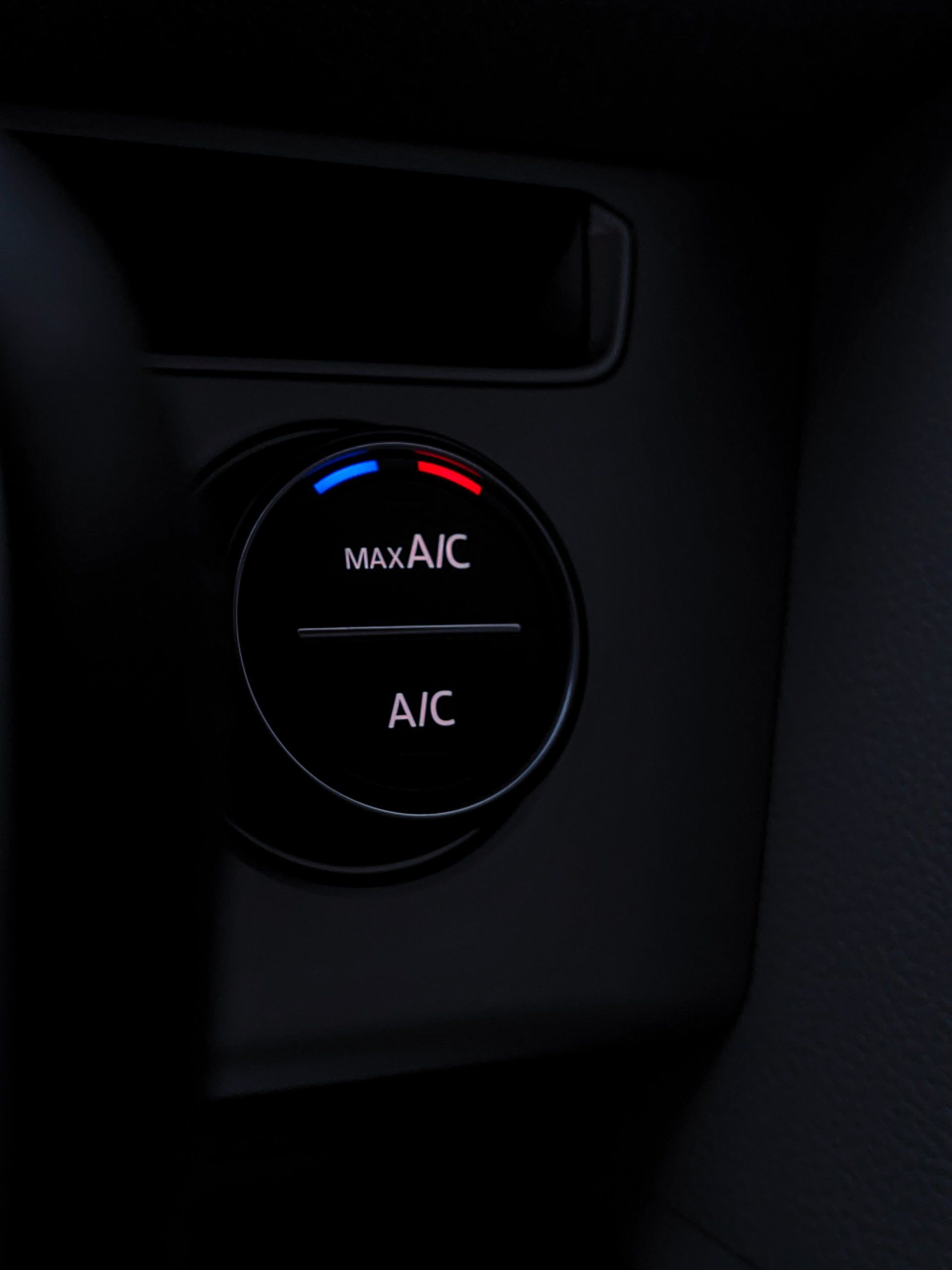Getting Your Vehicle Ready for Fall Weather in Springfield
Fall arrives quickly in Springfield, Oregon. One day you're enjoying sunny 80-degree weather, and the next week brings chilly mornings, afternoon drizzle, and the first hints of winter ahead. This dramatic seasonal shift means your vehicle needs specific preparation to handle Oregon's challenging fall conditions safely and reliably.
Smart Springfield drivers know that fall vehicle preparation isn't just about comfort – it's about safety and preventing costly breakdowns during the wettest, most unpredictable months of the year.
Test Your Battery Before Cold Weather Hits
Oregon's fall temperature drops can reveal battery problems that summer heat kept hidden. Cold weather reduces battery capacity significantly, and a battery that struggled through summer heat often fails completely when temperatures drop.
Fall battery preparation includes:
- Load testing to check actual battery capacity
- Cleaning corrosion from terminals and cables
- Checking that the battery is securely mounted
- Inspecting cables for cracks or fraying
Many Springfield drivers discover battery problems on the first cold morning in October or November. Don't wait until you're stranded in a grocery store parking lot or unable to start your car for work. Test your battery now while temperatures are still moderate.
A battery that's more than three years old deserves special attention. Oregon's temperature swings between hot summers and cold winters are particularly hard on battery life.
Prepare Your Tires for Wet Road Conditions
Fall in Springfield brings Oregon's famous rain season. Wet roads, fallen leaves, and occasional frost create slippery conditions that demand excellent tire traction. Summer driving may have worn your tires more than you realize.
Check these tire safety factors:
- Tread depth using the penny test (Lincoln's head should not be visible)
- Even wear patterns across all tires
- Proper inflation pressure for cooler temperatures
- Signs of cracking or weather damage from summer heat
Consider switching to tires with better wet-weather performance if yours are borderline. The extra traction is worth the investment when you're driving Highway 126 to Eugene in heavy rain or dealing with wet leaves on Springfield's residential streets.
All-season tires work well for most Oregon fall conditions, but they need adequate tread depth to channel water away from the contact patch effectively.
Get Your Heating System Ready
After months of running air conditioning, your heating system needs attention before you need it. Oregon's cool fall mornings and chilly evenings mean you'll be relying on your heater and defroster more frequently.
Heating system preparation includes:
- Testing heat output at various temperature settings
- Checking that air flows properly from all vents
- Inspecting cabin air filter for summer dust and debris
- Verifying defroster function for windshield clearing
A heating system that blows cold air or fails to defrost your windshield isn't just uncomfortable – it's a safety hazard during Oregon's foggy fall mornings. Address heating problems before you're driving to work in Junction City with a fogged windshield.
Check and Change Essential Fluids
Fall is an ideal time to refresh fluids that work harder during cold weather. Some fluids thicken in cooler temperatures, while others need fresh additives to prevent freezing.
Important fall fluid checks include:
- Engine coolant mixture and level for freeze protection
- Windshield washer fluid with freeze protection
- Engine oil viscosity appropriate for temperature drops
- Brake fluid condition and level
- Power steering fluid for smooth cold-weather operation
Oregon doesn't typically see severe freezing, but temperatures around Springfield can drop into the 20s and 30s during late fall and winter. Proper fluid protection prevents expensive damage from unexpected cold snaps.
Inspect Lights and Electrical Systems
Shorter daylight hours mean you'll be driving in darker conditions more often. Fall also brings fog, heavy rain, and overcast skies that reduce visibility around Springfield and throughout the Eugene area.
Complete lighting inspection should include:
- Headlight brightness and proper aim
- Brake lights and turn signal operation
- Emergency flasher function
- Interior lights for safety and convenience
Consider upgrading to brighter headlight bulbs if your current ones seem dim. Driving Highway 58 toward Oakridge or Highway 126 toward the coast requires excellent visibility during fall's reduced daylight hours.
Don't forget to check your vehicle's electrical system. Alternators work harder when running lights, heat, and defrosters simultaneously.
Replace Windshield Wipers and Check Glass
Oregon's fall rain season is tough on windshield wipers. Blades that seemed fine during summer's occasional showers often streak and chatter when faced with persistent fall precipitation.
Windshield preparation includes:
- Replacing wiper blades that are more than six months old
- Cleaning windshield glass inside and outside for maximum visibility
- Checking washer nozzle spray patterns
- Inspecting for chips or cracks that could expand in cold weather
Good visibility is crucial when driving to Florence through fall fog or dealing with heavy rain on Interstate 5. New wiper blades are an inexpensive safety upgrade that makes a huge difference in Oregon's wet conditions.
Update Your Emergency Kit
Fall weather can change quickly in Oregon, and emergency preparedness becomes more important as conditions become less predictable. Update your vehicle's emergency supplies for cooler, wetter weather.
Fall emergency kit essentials:
- Warm blankets and extra clothing
- Flashlight with fresh batteries
- Non-perishable food and water
- First aid supplies
- Emergency contact information
- Jumper cables or portable jump starter
Oregon's back roads around Cottage Grove, Creswell, and Veneta can become isolated quickly during heavy fall storms. Being prepared for unexpected delays or breakdowns provides peace of mind and real safety benefits.
Schedule Professional Inspections
Fall vehicle preparation involves systems that are complex and interconnected. Professional inspection catches problems you might miss and ensures everything works together properly when you need it most.
A comprehensive fall inspection covers:
- Battery and charging system testing
- Cooling system pressure testing
- Brake system inspection for wet-weather safety
- Suspension components that affect tire contact with wet roads
- Exhaust system integrity for proper heating function
Professional technicians also spot early warning signs of problems that could leave you stranded during Oregon's unpredictable fall weather.
Don't Wait for Problems to Develop
Oregon fall weather can be unforgiving to vehicles that aren't properly prepared. A battery that fails on a rainy Tuesday morning, wipers that streak during your commute to Eugene, or a heater that quits working during the first cold snap creates more than just inconvenience – it creates safety risks.
Fall preparation is much less expensive than emergency repairs, and it prevents the frustration of dealing with vehicle problems during busy work and holiday schedules.
Get Professional Fall Preparation in Springfield
Don't leave your fall driving safety to chance. Whether you need a comprehensive vehicle inspection, specific system repairs, or just peace of mind before Oregon's challenging weather arrives, professional service ensures your vehicle is ready for whatever fall brings.
At Willamette Automotive Care in Springfield, our experienced technicians provide complete fall preparation services for all vehicle types. We understand Oregon's unique weather challenges and know what it takes to keep vehicles running safely through fall rain, temperature drops, and changing road conditions.
Our comprehensive approach covers everything from battery testing to heating system inspection, ensuring your vehicle is prepared for safe, reliable fall driving around Springfield, Eugene, and throughout the region.
Schedule your fall vehicle preparation today by calling Willamette Automotive Care at (541) 209-6928 or visiting us at 720 35th St Suite A in Springfield. Don't wait until fall weather catches you unprepared – get your vehicle ready now for confident driving through Oregon's beautiful but challenging autumn season.
